What is Soffritto?
Soffritto is a foundational ingredient in Italian cuisine, made from a mixture of finely chopped onions, carrots, and celery sautéed in olive oil. It serves as the flavor base for countless dishes like ragù, risotto, and soups.
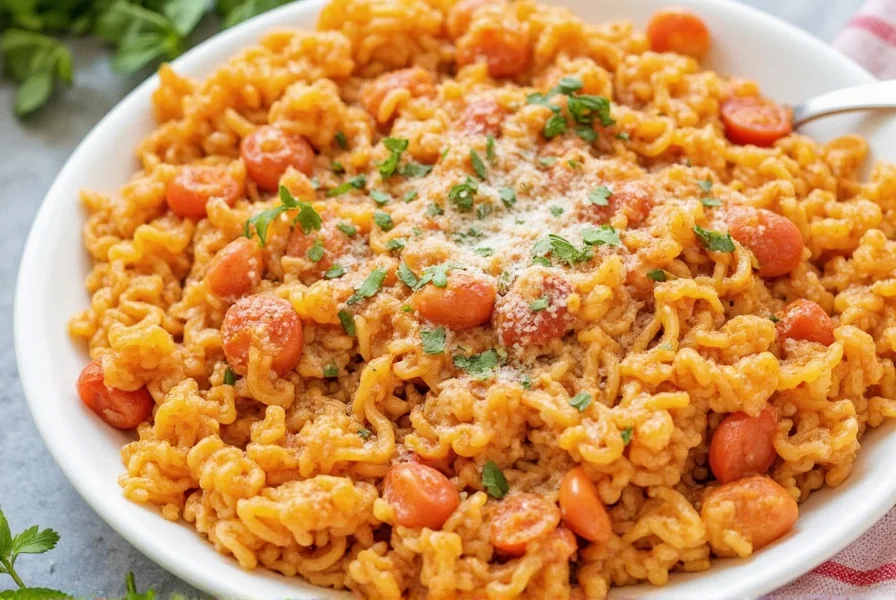
Why Soffritto is Essential in Italian Cooking
- Flavor Depth: Soffritto brings a sweet, savory depth that's hard to replicate with spices alone.
- Nutrient Boost: It adds natural vitamins and minerals from fresh produce.
- Texture Enhancer: The slow-cooked texture blends seamlessly into dishes without being overpowering.
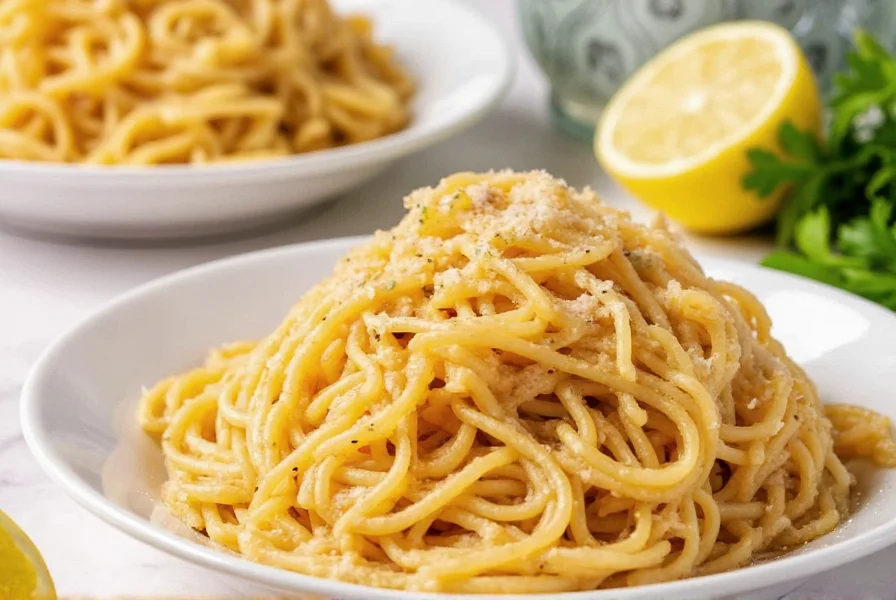
Origins of Soffritto
The word soffritto comes from the Italian verb soffriggere, which means 'to sauté gently'. Its roots trace back to Roman cuisine, evolving over centuries to become a cornerstone of regional Italian cooking styles like Tuscan, Neapolitan, and Sicilian.
How to Make Classic Soffritto at Home
Making your own soffritto is easier than you think. Here's a simple step-by-step guide:
- Chop one onion, one carrot, and two stalks of celery into fine dice.
- Heat extra virgin olive oil in a heavy-bottomed pan over low heat.
- Add the veggies and cook slowly for 20–30 minutes, stirring occasionally.
- You want a soft, translucent mixture — no browning!
- Store in the fridge or freeze in portions for later use.
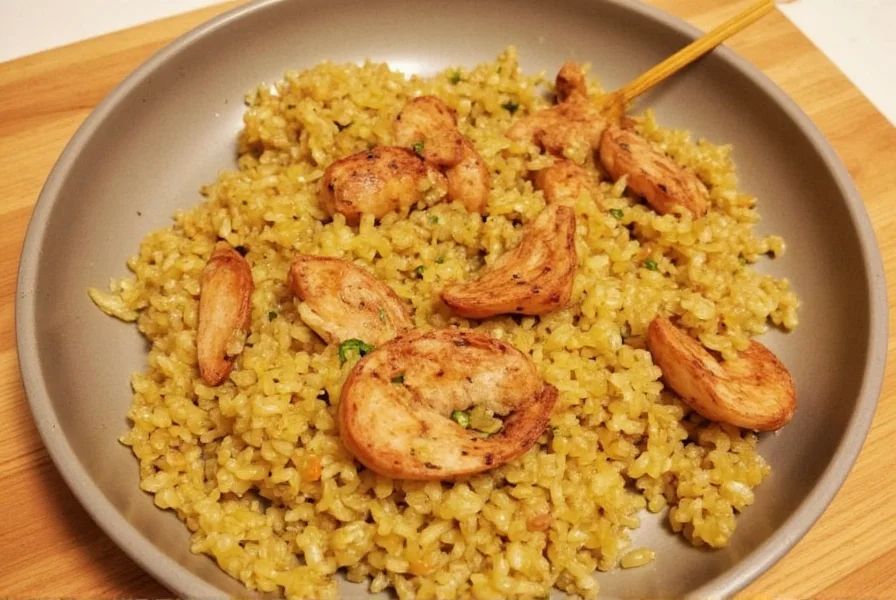
Pro Tips for Perfect Soffritto Every Time
- Use a sharp knife – Uniform cuts ensure even cooking.
- Don't rush – Slow cooking unlocks the natural sugars.
- Experiment – Add garlic, fennel seeds, or leeks for a twist.
Global Variations of Soffritto
| Cuisine | Base Ingredients | Distinguishing Feature |
|---|---|---|
| Italian | Onion, Carrot, Celery | Gentle sauté, no browning |
| French (Mirepoix) | Onion, Carrot, Celery | Often includes butter, more neutral flavor |
| Spanish Sofrito | Tomato, Garlic, Onion | Browned and richly flavored |
| Cajun Holy Trinity | Onion, Bell Pepper, Celery | Used in Creole and Cajun dishes |
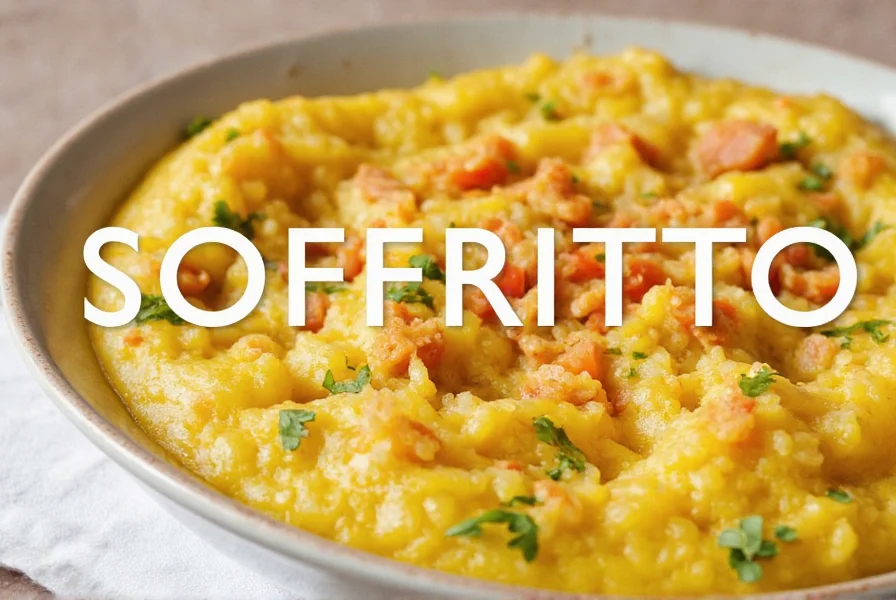
How to Use Soffritto in Everyday Cooking
Whether you're a home cook or a seasoned chef, here are some easy ways to incorporate soffritto into your meals:
- Add a spoonful to your pasta sauce for extra body.
- Stir into bean soups or lentil stews for depth.
- Use as a base for risotto before adding rice.
- Mix into scrambled eggs or frittatas for a savory boost.
- Blend into mashed potatoes for a rustic twist.
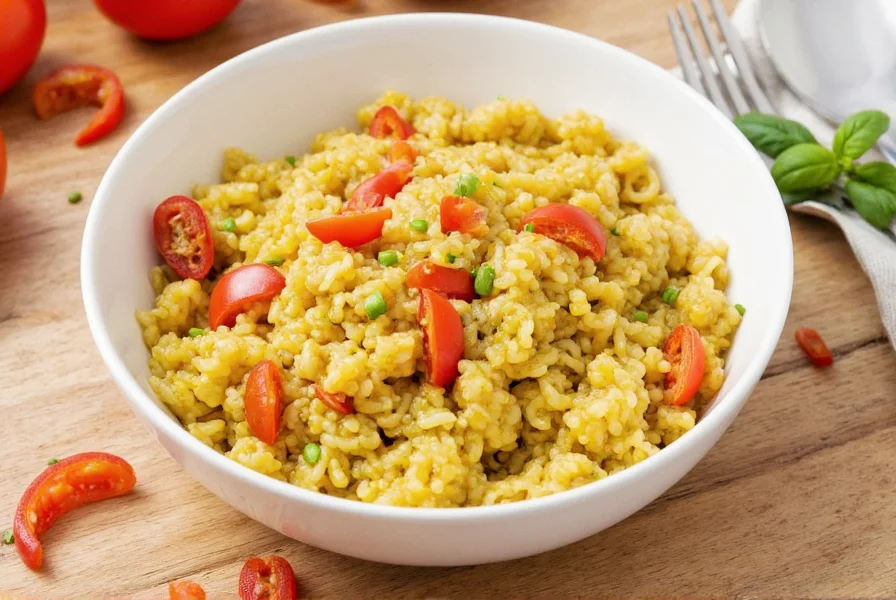
Soffritto vs. Spices: Key Differences
| Characteristic | Soffritto | Spices |
|---|---|---|
| Flavor Type | Umami-rich base | Pungent, aromatic, or earthy |
| Usage Timing | Start of cooking | During or after cooking |
| Texture Impact | Subtle, smooth mouthfeel | No textural change |
| Shelf Life | Fresh or frozen | Years (if stored properly) |
Ready-Made Soffritto Buying Guide
For those short on time, several high-quality pre-made soffritto options are available in stores and online. Below are our top picks:
| Product | Features | Advantages | Best For |
|---|---|---|---|
| Rapunzel Organic Soffritto | Organic, shelf-stable, vegan | No preservatives, easy to use | Vegetarian cooks, busy parents |
| O Organics Frozen Soffritto Mix | Pre-chopped, flash-frozen | Retains freshness and nutrients | Meal prep enthusiasts |
| Colavita Italian Soffritto Base | Imported from Italy, rich aroma | Authentic Italian taste | Foodies and purists |
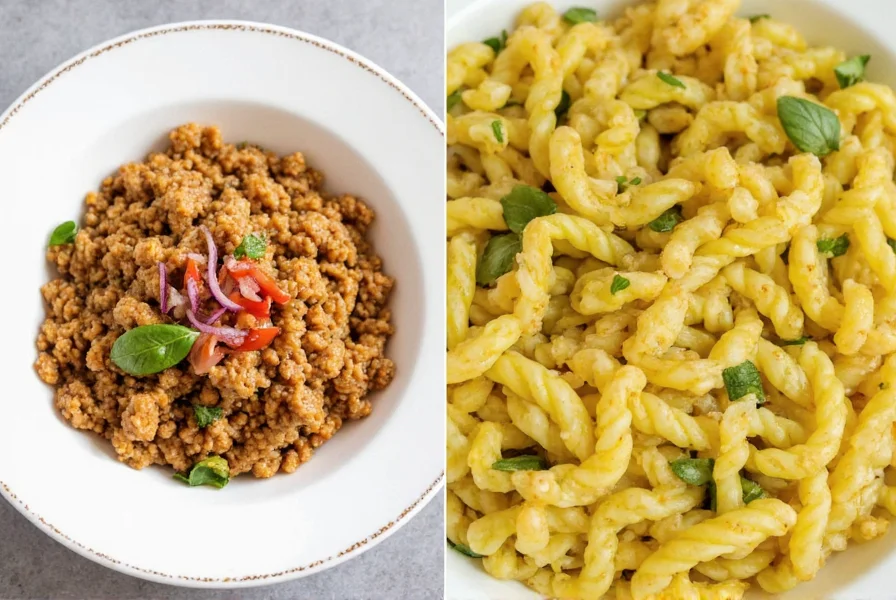
Soffritto FAQs
What does soffritto mean in English?
The word "soffritto" comes from the Italian verb "soffriggere," which translates to "to sauté gently" or "to lightly fry." It refers to the technique of slowly cooking aromatic vegetables to create a flavor base for dishes.
What's the difference between soffritto and mirepoix?
While both are aromatic vegetable bases, soffritto is Italian and typically uses olive oil with equal parts onion, carrot, and celery. Mirepoix is French and often uses butter or neutral oil with a 2:1:1 ratio of onion, celery, and carrot. Mirepoix tends to be more neutral in flavor, while soffritto has a slightly sweeter profile.
Can I make soffritto without celery?
Yes, though celery contributes a distinctive earthy flavor. Some regional Italian variations omit celery. You could substitute with fennel bulb or extra carrot, but the flavor profile will change slightly. Traditional soffritto does include celery as one-third of the "holy trinity" of ingredients.
How long does homemade soffritto last in the refrigerator?
Properly stored in an airtight container, homemade soffritto will last 4-5 days in the refrigerator. For longer storage, you can freeze it in portions for up to 3 months. Many cooks make large batches and freeze them in ice cube trays for easy portioning.
Is soffritto the same as sofrito?
No, they're different. Soffritto is Italian (onion, carrot, celery), while sofrito is Spanish or Latin American (typically tomato, garlic, onion). Spanish sofrito is usually cooked until browned and richly flavored, whereas Italian soffritto is gently cooked without browning to maintain a subtle sweetness.
Can I freeze soffritto for later use?
Absolutely! Freezing is one of the best ways to preserve homemade soffritto. Portion it into ice cube trays, freeze solid, then transfer to freezer bags. This allows you to pull out just the amount you need. Frozen soffritto maintains quality for 2-3 months.
What dishes typically use soffritto as a base?
Soffritto is used as the flavor foundation in countless Italian dishes including pasta sauces (like ragù), soups (minestrone), stews, risottos, and braises. It's also commonly used in many French, Spanish, and Cajun dishes with their respective variations of the aromatic base.
Conclusion: Elevate Your Dishes with Soffritto
Understanding soffritto is the first step to unlocking deeper, more complex flavors in your cooking. This simple vegetable base transforms ordinary dishes into culinary masterpieces.
Next time you're preparing a sauce, soup, or stew, start with a gentle sauté of soffritto. You'll discover why it's the secret ingredient Italian chefs have relied on for centuries.

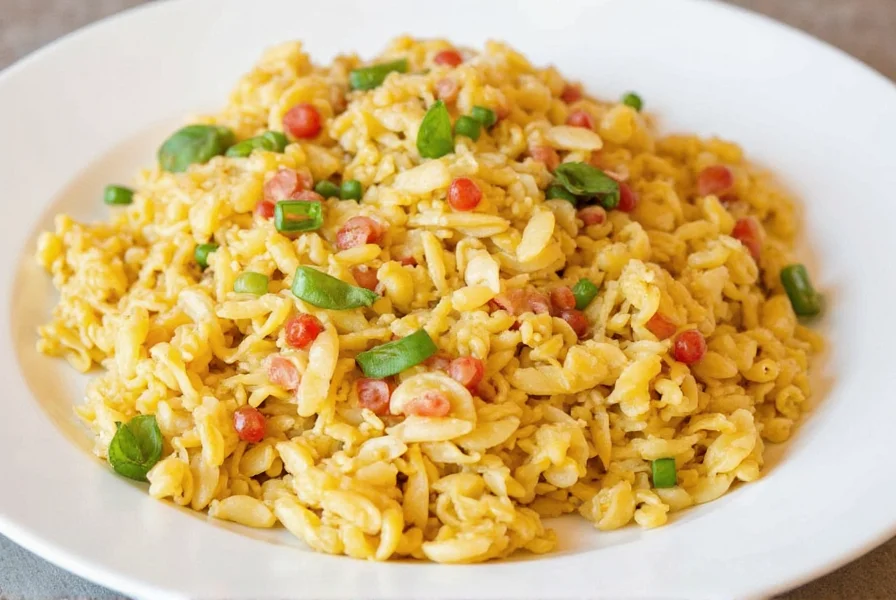









 浙公网安备
33010002000092号
浙公网安备
33010002000092号 浙B2-20120091-4
浙B2-20120091-4